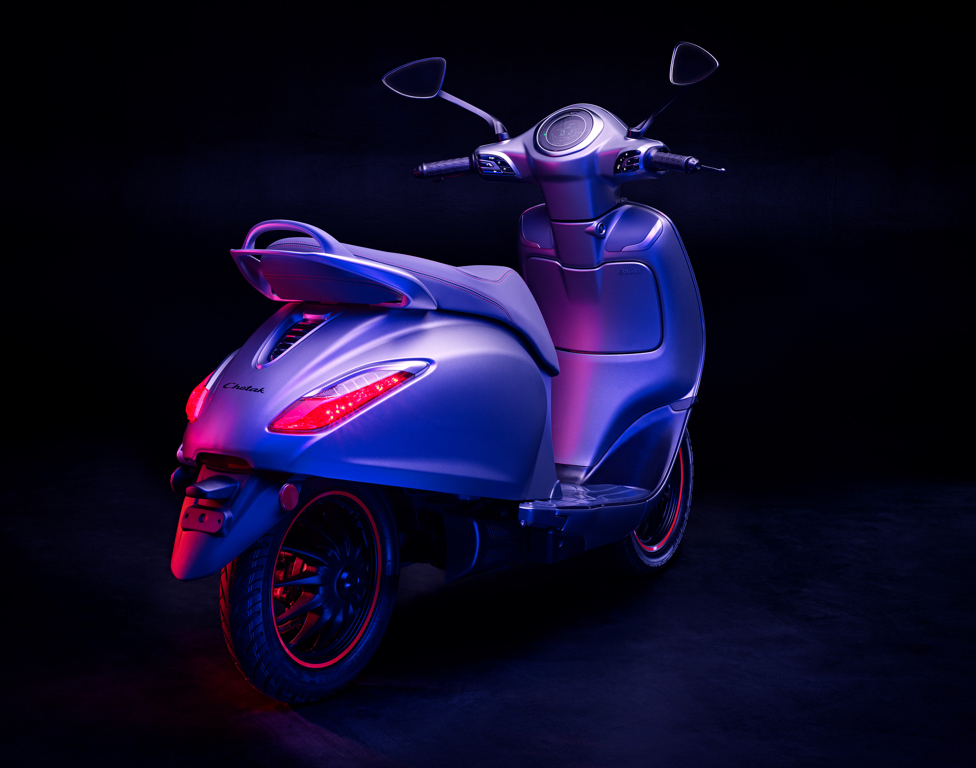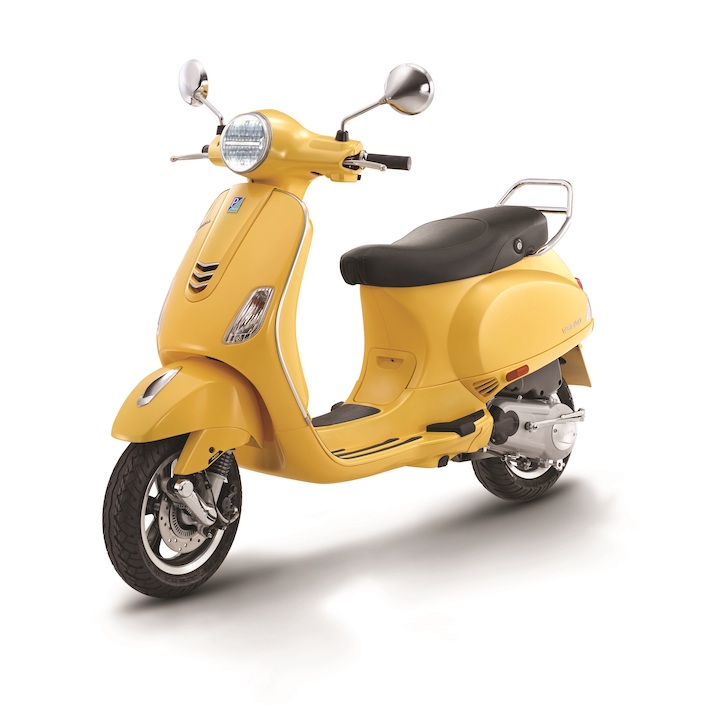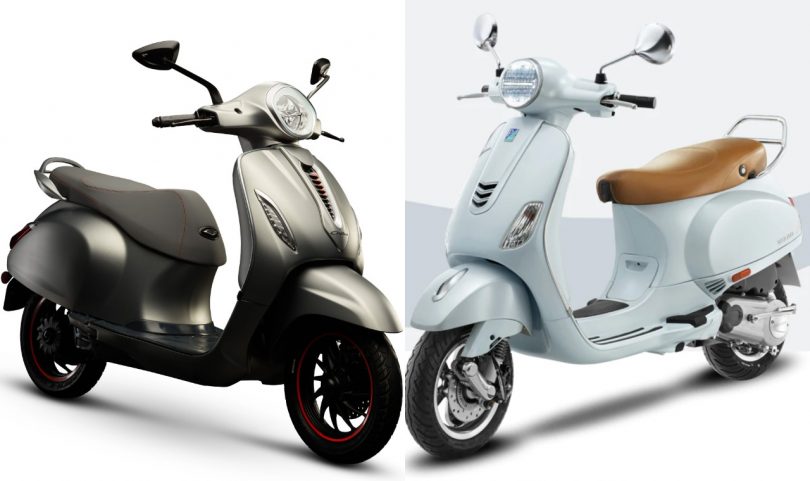If you were born in the 70s or 80s, the connect with the Chetak or the Vespa of the yesteryears is bound to make you nostalgic. Bajaj introduced the Chetak in the early 70s and was based on the Vespa Sprint. Back in the day, Bajaj had a technical alliance with Vespa. But now the in its latest form the Chetak is no longer powered by a petrol burning motor. The brand revived the iconic marque that was synonymous with almost every household and revamped it with modern technology. So modern that today’s Chetak is powered by a sustainable and eco-friendly all-electric powertrain. The Vespa, however, continues to be powered by a petrol engine but also receives massive updates that allow it to conform to the stringent BS6/Euro5 emission standards. In this comparison, we pin both these iconic retro scooters against each other to see what you get by paying the extra dollar.
Powertrain:
The Bajaj Chetak is powered by 4kW/14 Nm electric motor coupled to an IP 67 rated dust and waterproof 3kWh battery pack that claims to have a riding range of more than 95 km on a full charge. It takes 5 hours to completely recharge the battery pack while it takes 3 hours and 30 minutes for the battery to attain an 80% State of Charge. The Vespa is powered by either a 125cc or 150cc single-cylinder air/fan-cooled, 4-stroke, 3-valve OHC fuel-injected motor that makes 9.7 Bhp of power and 9.6 Nm of torque on the 125cc engine and 10.2 Bhp of power and 10.6 Nm of torque on the 150cc engine, matched to an automatic gearbox.
Design & Styling:
Both the Chetak and the Vespa draw their design inspiration from the 70s. The Chetak features a rounded headlamp with a wide and upright front fascia a centre spine on the front apron, a large front fender, handlebar shrouds, a generous footboard, a flat seat with contemporary and ergonomic design, and a teardrop rear section that swoops and tapers at the rear end with a seamless finish that gives the scooter an uber look. The Vespa VXL features a rounded headlamp on the front, an upright fascia with a similar nose applique on the apron, body-mounted indicators, a full-bodied front fender, flat bench seats, chrome grab rails for the passenger, chrome mirrors and the hallmark Vespa tail section that tapers-off at the end.
Features:
The Chetak electric scooter comes with an All-LED setup for the headlamps, DRLs, turn indicators, LED tail lamps along with a fully-digital negative backlit LCD instruments display that shows the state of charge, range, speed, odometer, time etc and comes with smartphone app connectivity. The Chetak also features multiple luggage storage spaces, reverse gear and front disc brake along with a regenerative braking system. The Vespa VXL on the other hand, features crystal illumination LED headlamps with a centre spar LED daytime running light integrated into the headlamp unit, USB mobile charging port, boot light, new twin-pot callipers on the disc brakes integrated with ABS or CBS braking technology, under-seat luggage space, luggage hooks, a semi-digital instruments cluster etc.
Price:
The Chetak electric scooter is available in two trim variants – Urbane and Premium. The Urbane is priced at INR 1 lakh ex-showroom, Pune and Bangalore while the Premium is priced at INR 1.15 lakh ex-showroom, Pune and Bangalore. The registrations for the Chetak is open but bookings are currently closed. The Vespa has been upgraded with BS6 engine and the brand has given the premium scooter a mild facelift as well. The Vespa VXL 125 BS6 CBS is priced at INR 1.10 lakh ex-showroom and the Vespa VXL 150 BS6 ABS is priced at INR 1.23 lakh ex-showroom.




